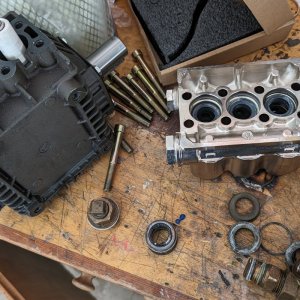Hi Charles,
Great question. A template can be of help, particularly in a very large or very small replacement. I am sure it is a personal decision. If you need help with one PM me and I will try to helps with that.
As to cutting between rows, that is always helpful but may not always be practical depending upon measurements. But, if you want to find the row on the back side, simply be sure you are going the same direction of manufacturing and press down with a dull awl or similar and it will make a very nice indentation to follow. This will help you follow a row at least on two sides of your replacement piece.
One place a template works very well is in commercial glue down tight loop carpet, or even if it is stretch in carpet, a template can easily make an excellent repair with this type of carpet. IMO
Hope this helps a little about cutting between rows from the back side. Also, always be sure you do not cut too deep in general from the back, only cut through the secondary and primary and do not bevel the edge of the tufts by cutting too deep or press too hard.
SA


